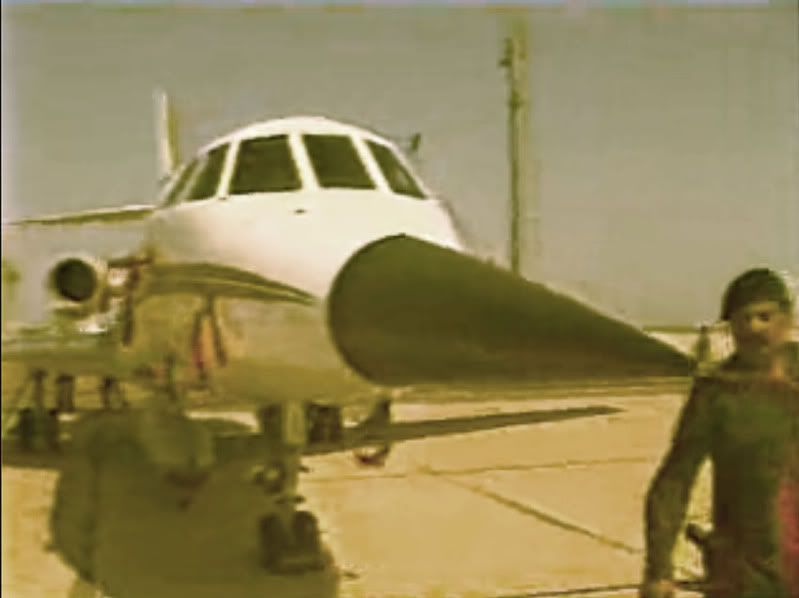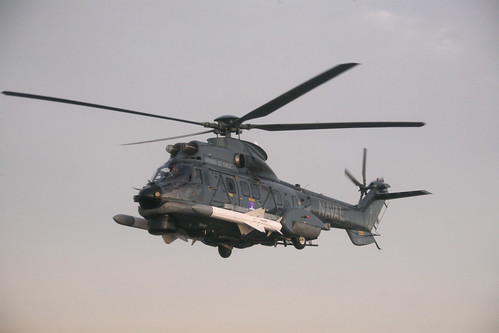P-3 Orion
Breget Atlantic / Atlantic 2 Avion de reconocimiento, patrulla marina, antisubmarino.
El Orion es cuatrimotor ..... Nocturno " 0 " en reconocimiento aereo

Saludos Negro2000
P-3 Orion

Esa "colita" la tienen prácticamente la totalidad de aviones ASW. Es el MAD, o Detector de Anomalías Magnéticas. Busca y la verás en el Orion, el Neptune, el Il-38, el Be-12...Muchas gracias.. es distinguible esa "colita" qeu tiene para atras el Breget Atlantic
Esto último es falso, le recomiendo leer la sección dedicada a Malvinas 82'.El Exocet fue probado con éxito en la Guerra de las Malvinas, dando en el blanco en todos sus disparos.
180 km según MBDA.Es un excelente misil tipo crucero, ahora con el Block III tranquilamente llegan a los 200km por medio de GPS.
Acaso Argentina no dio disparos serteros a la flota Británica en M-82??
Esto último es falso, le recomiendo leer la sección dedicada a Malvinas 82'.
defensas antimisiles habia.. .que no hayan sido todo lo efectivas que se queria es otro cantar..El escenario es otro, los Exocets nunca fueron pensados para ser usados ataques masivos y no habían defensas anti-misiles activas como las hay hoy en día, de hecho estoy empesando a creer que por alguna extraña razón los aviones no pueden cargar mas que 1 de ellos, en los Rafales se cargan en el ventral y no está contemplado cargarlos en otro lado, los JF-17 los carga de a 1 con la misma configuración que los SUE, lo cual es ridículo porque cargan 2 C-802/3 que son mas grandes y pesados.
Yo hoy voto por NSM... si hasta un Pampa/Puca no deberían tener problemas para volar con 2 de ellos, y antes de que me salten a la yugular, el NSM también puede usarse para ataques a blancos terrestres por gps a distancias seguras.


Mira vos.........para mi una novedad........muchas gracias por el dato.
Woods: There is considerable interest in the Stark incident. Describe, in your own words,
how that took place and what happened after the Stark was hit. Can you tell us anything
about the personalities and reactions of the leaders and the pilot?
Abousi: I was the commander of Habaniya Air Base at the time of the incident. The aircraft that
carried out that mission was not from our base; it was originally an Iranian aircraft that had
been modified after the pilot had fled in it from Iran. It was a French-built Falcon 50 and
could carry two Exocets. It was flown out of al-Kut Air Base, where the Mirage
squadron was based. The Stark was in the wrong place at the wrong time. We defined an
exclusion zone where no ships were permitted. We announced to the world media about
this exclusion zone; however, the Stark entered this zone. The pilots were monitoring the
area; they saw a target and fired. This was before American forces began coordinating
with us.
Woods: Was the Falcon 50 flying a normal raid by itself?
Abousi: We only had one of these aircraft. It made many trips. We modified this aircraft, so it
could reach Larak Island without requiring refueling by the Mirages.
Woods: When did you first hear that Iraqi forces had hit an American ship?
Abousi: I do not recall the date when I first heard that.
Woods: I am trying to see if there was a major reaction in Iraq to this event, or if it was just
an accident of war that happens?
Abousi: It was a mistake. After the incident, the Americans spoke with Saddam and the
military command and reviewed our plans regarding the zone and the pilot’s report.
Saddam apologized to President Ronald Reagan and honored the families of those who
were injured. The Americans understood that it was a mistake. A considerable amount of
money was given to the families of sailors who had died, I believe.
Woods: One of the intriguing things about this incident is that the American delegation asked
to see the pilot but was never allowed to talk to him.
Abousi: They were afraid for the pilot. Frankly, I do not know the pilot, because he was not a
Mirage pilot; he was a transport pilot.
Woods: I am also interested in the long-range strikes against infrastructure targets in Tehran.
Tehran is such a large city. How were those planned, and how did you get better
targeting information?
Abousi: Every command had a complete map of Iran with the targets. When we learned about
a target in a given area, we would first identify it on a map, then brief the pilot and give
him a full picture.
